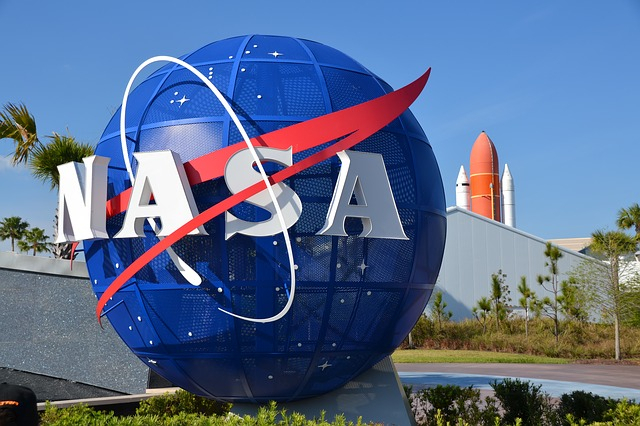The Milky Way is home to millions of habitable planets but a new research by a Spanish doctoral student suggests that, among those planets there might be some belligerent alien civilizations, that could target Earth.
Alberto Caballero, a PhD student at the University of Vigo in Spain, has asked a very clear question in his research paper, which is yet to be peer reviewed. "What are the odds that humans could one day contact a hostile alien civilization capable of invading our planet?" Caballero asked.
Tracing the evolution of humans before focusing to the stars, in his paper Caballero attempted to estimate alien civilizations lurking in the Milky Way by calculating the probability of human civilization that will attack or invade a desolate exoplanet.

His paper explains the entire process through which he was able to derive the "the current human probability of invasion of an extraterrestrial civilization." For this he researched and calculated the number of times a country invaded another between 1915 and 2022 and based on the global military spending of the nation he calculated the probability of each country inciting an invasion, Tech Explorist reported.
This helped him conclude that the possibility of a Type-0 civilization invading our planet is 0.026%. He further elaborated by referring to an estimate made by Italian SETI Institute scientist Claudio Maccone that there could be as many as 15,785 civilizations in the Milky Way.

"The probability of extraterrestrial invasion by a civilization whose planet we message is, therefore, around two orders of magnitude lower than the probability of a planet-killer asteroid collision," he wrote in the paper, as reported by the Daily Mail.
As the earth becomes more and more technologically equipped Caballero believes that, the probability of extraterrestrial civilizations capable of targeting and invading our planet is low to very low.

With his study, Caballero wishes to make a contribution on NASA's ongoing project 'Beacon in the Galaxy' by adding to the international debate on the risk level of establishing communication with the aliens. The BITG project aims to beam messages into outer space in order to effectively communicate with aliens.
The PhD student also authored the study which attempted to analyze the source of the famous WOW! Signal, that was thought to have been produced by an extraterrestrial civilization. The study findings were published in Cambridge University's peer-reviewed International Journal of Astrobiology earlier this month.









